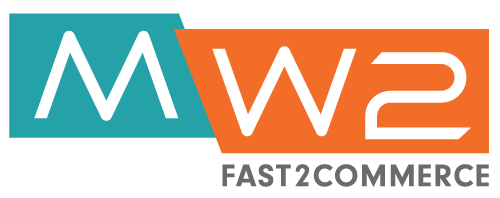The decision for migrating platforms to a new e-commerce platform is not a slam-dunk decision, even if the new platform is known to be a faster, better platform. There are many decisions to be made and many potential pitfalls to be avoided so we wanted to highlight the top 3. Once the strategic decision to migrate your eCommerce platform has been made, you want to be sure that it happens smoothly. Here are the top 3 mistakes made and how to ensure that your strategy and planning address them properly.

Not considering workflow changes
New e-commerce platforms are going to affect not just how the user interacts with your website, but how your employees do too. We find very that clients only start to realize the full extent of how the new platform is going to effect internal workflows during final testing or even after launch. This very often leads to unplanned delays, frustration, and late, difficult changes in project scope.
The planning required for an e-commerce migration is a cross-functional process that requires the input of all impacted stakeholders across different business departments. Executive leadership along with IT, marketing, sales, accounting/finance, operations, fulfillment, and customer service must all be part of the process from the very beginning.
Each department should map out workflows that involve the eCommerce platform as well as systems integrated into it in detail, before RFQs are even sent out. Pieces of those processes that can not change need to be included in the project requirements and planned for. If a client approaches us about a major platform migration without having done this planning, this is a discussion we have before we create our proposal for them.
Conversely, areas of current inefficiency should also be identified. This leads me to the next mistake:
Not taking advantage of the latest features to easily improve outdated processes
Improving and changing key operations in functions like customer service, product information management, and order fulfillment is no easy task. Most clients that approach us usually don’t consider the outstanding opportunity a platform migration will offer them to address inefficiencies and create better processes within their organization. Too often, they worry about preserving current workflows but do not consider improving them.
Ideally, process improvements should be identified in two ways. First, users within each function should note areas they would like to improve their daily work related to the e-commerce platform and services integrated into it. These should be collected, evaluated for any return on investment, and added to the project requirements. Second, the technical and development teams should be involved to offer new technologies and services which may offer more efficient workflows that can be integrated into the new platform to replace old ones. A new platform offers opportunities for easy integrations and more efficient processes that older platforms do not.
With these first two mistakes corrected, a migration will begin with a more optimal and complete list of requirements. This is not enough on its own, though.
Not training staff and testing workflow changes first, prior to full design and data migrations
These process requirements influence every part of the migration, so they should be first on the schedule. Open source free themes and catalog data are readily available for most e-commerce platforms, so a test site should be quickly set up. On this site, planned extensions should be installed and changes to standard processes on the platform should be completed. Major integrations should also be accomplished.
Prior to full design and data migrations, users in all affected departments should then be trained on the new platform, and extensive testing of all affected workflows should be conducted. Business problems, technical issues, and additional requirements can then be identified early in the project when changes to scope and timeline are smaller and easier to accomplish.
MW2 has created a Fast2Commerce framework that addresses these 3 items in the discovery phase of the project planning.
Set-up your customized discussion and demo around the Magento 2 platform or a discussion around your current e-commerce platform today!


